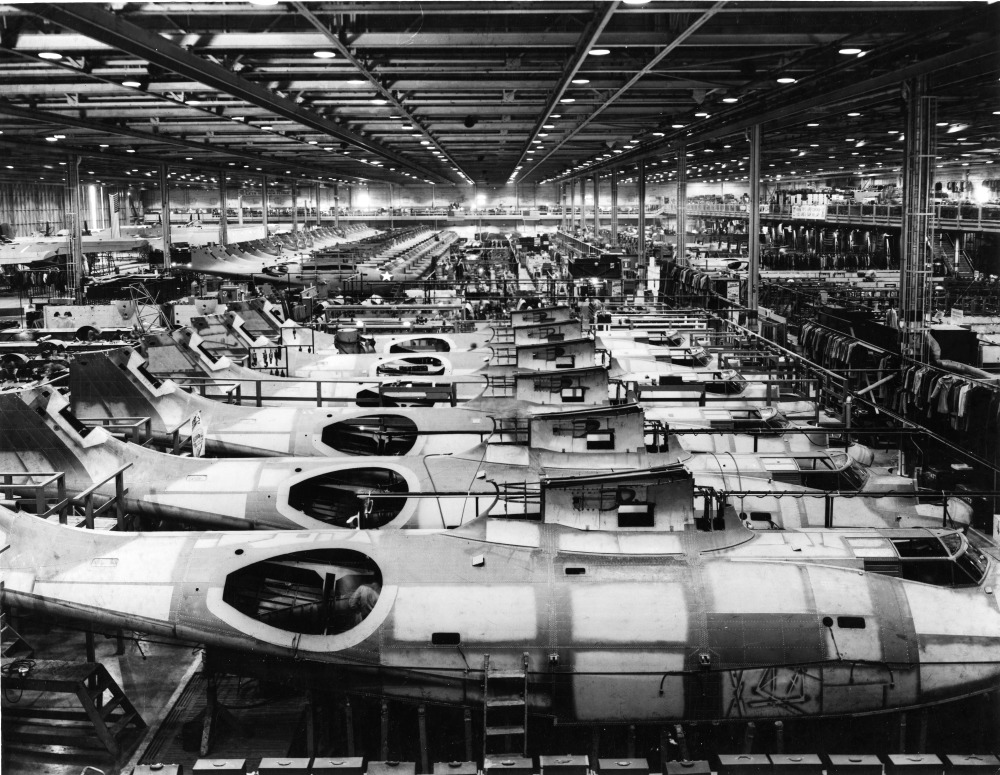Whether you manufacture a product or offer a service, you can streamline your operations by implementing Single Piece Flow (SPF) and Workstation Efficiency into your organization to ensure improvement in safety, quality, speed and financial performance. Although these terms don’t sound like they belong in the services industry, lean principles can be applied to any organization in any industry.
There are several examples to prove that batch production is not as efficient as single piece flow, yet so many people default to batches out of human nature. Also, people tend to operate at an inefficient workstation because “I’ve been doing it this way for 20 years”. So here are two tools to help you streamline your operations, no matter who you are or what type of work you do.
Single Piece Flow
Single Piece Flow (or Continuous Flow) is an operating principle where one part is processed through each step, one at a time. This is opposed to Batch Production (BP) where several parts are processed through one step and grouped, before moving onto the following step as a batch.
One of the main benefits of operating SPF is that the finished product is completed faster than during batch production. This is achieved by reducing handovers and waiting time between steps. Therefore, the part being processed spends less time on the floor. This has the combined benefit of reducing the amount of Work in Progress (WIP) as there is never a queue of parts waiting for the next step, like in batch production.
When using BP, a company needs to maintain high numbers of inventory in storage as a buffer to keep production going. By operating SPF, a company no longer requires this buffer because inventory is only processed when it needs to be. Therefore, by eliminating unnecessary inventory stocks and WIP, a company frees up the cash and value locked in parts being processed and will benefit from better cash flow. An additional benefit from reducing WIP is that floor space is freed up. No longer are there piles of half-finished product waiting for someone to process the next batch.
Finally, the last benefit we will mention here is of improved quality. When operating a BP system, large quantities of parts are processed in one batch. Should there be a defect in the system, such as a machine performing errors, those errors could occur throughout the entire batch before noticed in quality checks. As a result, the entire batch then becomes a lost product. By operating SPF, any quality defects will be noticed immediately, and the root cause of the error can be addressed and corrected.
Workstations
A workstation can be anything from your typical manufacturing workstation on an assembly line, to your classic office desk, and even a kitchen in a restaurant; It’s the area in which one performs the tasks of adding value to the process. This workstation has two main functions, it enables optimal performance and ensures work sustainability.
-
Workstation Optimization Results:
- Reduce wasted motion – have key tools easily accessible to reduce time lost walking, reaching, and lifting. (More on forms of waste)
- Improve quality – structure the workstation with jigs or set layouts that standardize work and instill quality.
- Ensure safety – a workstation should address all safety concerns such as having adequate lighting, removing tripping hazards, keeping a fire extinguisher at hand, etc.
-
Workstation Sustainability Results:
- Maximize ergonomics – having a comfortable and efficient workstation will promote staff satisfaction and maximize their performance.
- Reduce injuries – an injury caused by a poor workstation, such fainting in extreme heat, not only affects the team member but the whole team and company.
- Promote accountability – a mechanics work bench that has clearly labelled storage space and neat tool arrangement will reduce the likelihood of misplaced equipment and instill pride in respective workstations. (Learn more about Workplace Organization Cleanliness – 5S)
Single Piece Flow is a core tenant of Lean Manufacturing and is just as applicable in the Service Industry. Here at Propel, we pride ourselves on identifying waste, developing lean solutions, and supporting their implementation. As a part of that process, we have extensive background in designing lean workstations with several trusted suppliers. Let us know how you’ve introduced SPF to your business or designed a lean workstation to streamline your operations.








